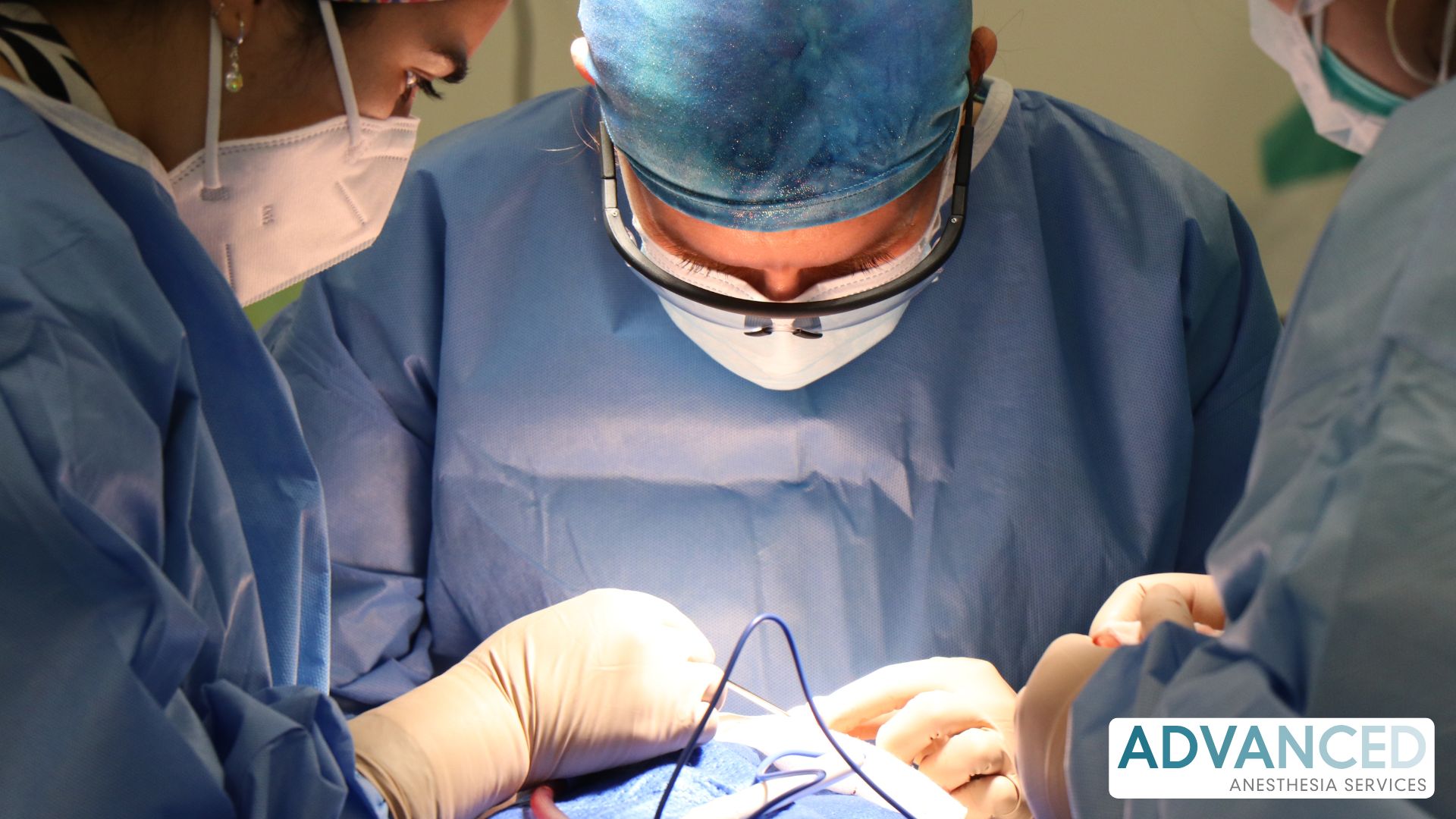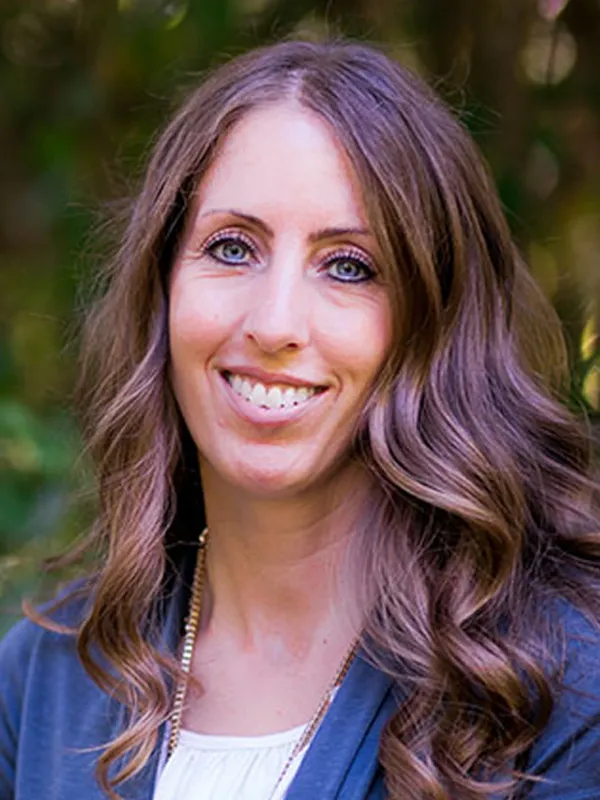
As cosmetic surgery centers grow in demand and sophistication, many practice owners face the same operational crossroads: how to deliver safe, consistent anesthesia care without adding overhead, coverage risks, or administrative burden. The most financially sound and operationally scalable solution for most centers is partnering with a contracted Certified Registered Nurse Anesthetist (CRNA) group like Advanced Anesthesia Services (AAS).
This guide breaks down the cost and performance implications of three models: direct hire, per-diem coverage, and contracted group; while highlighting the advantages of aligning with AAS.
Understanding Your Real Anesthesia Volume
The first step is to calculate how many anesthesia hours your center truly needs. Cosmetic case types vary in duration, but a realistic weekly average across common procedures such as blepharoplasty, breast augmentation, liposuction, and combination cases generally lands between 22 and 25 hours per week. This is well below the threshold for a full-time W-2 hire yet too high to rely on sporadic per-diem coverage.
This mid-range volume is exactly where a contracted group model outperforms both direct hire and freelance alternatives; offering flexibility without financial waste.
Comparing the Cost Models
AAS operates on a predictable per-case rate that bundles all anesthesia-related costs into one invoice. In contrast, hiring in-house comes with payroll taxes, benefits, paid time off, and additional costs for malpractice coverage and continuing education. Agency-based or per-diem staffing may appear cheaper at first glance but often includes hidden markups, inconsistent coverage, and variable provider quality.
On an annual basis, AAS’s per-case model typically lands within 10 percent of an in-house provider’s total compensation package, without the need for recruitment, credentialing, or vacation coverage. When factoring in schedule disruptions, overtime costs, and administrative load, the long-term financial edge shifts firmly toward the contracted group.
Operational Value Beyond Salary
While base rates matter, consistent patient experience and predictable operations drive long-term success. Contracted CRNA groups like AAS offer guaranteed coverage, rapid surge capacity when volumes increase, and consistent protocols for anesthesia delivery.
Instead of managing a single provider with limited availability, or dealing with inconsistent per-diems, AAS delivers high-performing CRNAs trained specifically for cosmetic surgery workflows. Their providers follow group-wide protocols such as ERACS and TIVA to optimize outcomes and reduce variability.
When preparing for audits or inspections, AAS provides regulatory support, including mock surveys and documentation templates. For centers expanding to a second operating room or adding weekend cases, AAS can scale immediately without disrupting continuity of care.
Scalability and Growth Planning
As your surgical volume grows, the cost of maintaining payroll or relying on premium per-diem coverage increases. In contrast, the per-case cost with AAS remains steady. Whether you grow from 600 to 1,200 cases annually or add a second room, you only pay for cases performed.
This scalability prevents the inflection point where your practice must hire a second full-time CRNA to avoid burnout or coverage gaps. Instead, AAS seamlessly absorbs volume changes by assigning additional credentialed CRNAs without additional hiring, onboarding, or scheduling delays.
Improved Cash Flow and Simpler Budgeting
The AAS model enhances cash flow because you only pay for anesthesia on cases performed, no salary outflows during lighter weeks and no need to accrue paid time off or fund recruitment costs. One consolidated invoice includes malpractice insurance, continuing education, quality assurance reporting, and guaranteed backup coverage.
Budgeting becomes more predictable, and financial planning is simplified. This is especially valuable for new or growing cosmetic centers working to stabilize revenue cycles and maintain lean operations.
Decision Criteria: Is a Contracted Group Right for You?
This model is the ideal fit for practices performing between 500 and 1,400 cases per year. It also aligns well with centers that prioritize brand consistency, patient experience, and future expansion.
If you are planning to open a second operating room or satellite location in the next one to three years, AAS can immediately scale with your needs. For practices that prefer to stay focused on patient care rather than staff credentialing, CME compliance, or sick-day coverage, outsourcing anesthesia through a trusted partner is the most strategic option.
Advanced Anesthesia Services at a Glance
AAS offers flexible billing structures, including per-case, half-day, and daily rates. With over 30 credentialed CRNAs trained in high-touch cosmetic care, the group ensures seamless provider integration. If your assigned CRNA is unavailable, a credentialed backup is sent at no extra charge.
Conclusion
At first glance, hiring a CRNA may seem more cost-effective. But as soon as that provider takes leave, falls ill, or the practice expands, the costs and risks escalate. Per-diem coverage may offer short-term flexibility but invites inconsistency and higher long-term costs. A contracted CRNA group like Advanced Anesthesia Services delivers financial predictability, operational stability, and the high-quality patient experience today’s cosmetic centers require.
If you would like a personalized cost model based on your specific case volume and procedure mix, contact us.

